Do you have a question about the HP EliteBook x360 830 G5 and is the answer not in the manual?
Displays product name, processor, memory, BIOS version, and service details.
Allows users to run hardware diagnostics to identify potential issues.
Logs system events and errors for troubleshooting and auditing purposes.
Enables checking for, downloading, and installing BIOS updates, including network configuration.
Set the system's date and time according to current requirements.
Shows serial numbers, SKU, UUID, and other system identification details.
Facilitates saving and loading system configuration to/from USB media.
Allows saving current settings as custom default configurations.
Loads previously saved custom settings and exits the BIOS setup.
Restores all BIOS settings to their original factory defaults.
Exits the BIOS setup without applying any recent configuration changes.
Saves all made changes and exits the BIOS setup utility.
Tools for creating passwords, managing policies, and security configurations.
Options to manage TPM, BIOS Sure Start, Secure Platform Management, and SGX.
Includes hard drive utilities and options to restore security settings.
Choose the language for the BIOS interface and keyboard input layout.
Set specific days and times for the system to automatically turn on.
Manage boot order, startup delay, and boot behavior settings.
Configures options for recovering the operating system from network or local sources.
Configure legacy support, secure boot keys, and device guard readiness.
Control processor features, power button behavior, and USB Type-C settings.
Manage onboard devices like audio, network adapters, camera, and fingerprint reader.
Control USB, Thunderbolt, and other port functionalities and security levels.
Select whether to launch EFI or Legacy Option ROMs.
Configure runtime power management, idle states, deep sleep, and battery health.
Access electronic regulatory and compliance labels for the system.
Configure host-based MAC address settings and factory/system MAC addresses.
Set up URLs, schedules, and execution for remote hardware diagnostics.
Access and manage third-party Option ROM applications during system startup.
| Form factor | Convertible (Folder) |
|---|---|
| Product type | Hybrid (2-in-1) |
| Product color | Silver |
| Country of origin | China |
| Display diagonal | 13.3 \ |
| Touch technology | Multi-touch |
| Native aspect ratio | 16:9 |
| Memory slots | 2x SO-DIMM |
| Internal memory | 16 GB |
| Memory clock speed | 2400 MHz |
| Memory form factor | SO-DIMM |
| Internal memory type | DDR4-SDRAM |
| Maximum internal memory | - GB |
| Bus type | OPI |
| Stepping | Y0 |
| Tjunction | 100 °C |
| Processor cache | 8 MB |
| Processor cores | 4 |
| Processor model | i7-8650U |
| System bus rate | 4 GT/s |
| Processor family | Intel® Core™ i7 |
| Processor socket | BGA 1356 |
| Processor threads | 8 |
| Processor codename | Kaby Lake R |
| Configurable TDP-up | 25 W |
| Processor frequency | 1.9 GHz |
| Configurable TDP-down | 10 W |
| Processor lithography | 14 nm |
| Processor manufacturer | Intel |
| PCI Express slots version | 3.0 |
| Processor boost frequency | 4.2 GHz |
| Processor operating modes | 64-bit |
| PCI Express configurations | 1x2+2x1, 1x4, 2x2, 4x1 |
| Thermal Design Power (TDP) | 15 W |
| Configurable TDP-up frequency | 2.1 GHz |
| Configurable TDP-down frequency | 0.8 GHz |
| Maximum number of PCI Express lanes | 12 |
| Discrete graphics card | No |
| On-board graphics card ID | 0x5917 |
| Discrete graphics card model | Not available |
| On-board graphics card model | Intel® UHD Graphics 620 |
| On-board graphics card family | Intel® UHD Graphics |
| Maximum on-board graphics card memory | 32 GB |
| On-board graphics card OpenGL version | 4.4 |
| On-board graphics card base frequency | 300 MHz |
| On-board graphics card DirectX version | 12.0 |
| On-board graphics card dynamic frequency (max) | 1150 MHz |
| SSD capacity | The Solid State Drive's storage capacity in Gigabytes. |
| Storage media | SSD |
| Card reader integrated | - |
| Total storage capacity | 512 GB |
| Number of SSDs installed | 1 |
| Battery capacity | - Wh |
| Number of microphones | 3 |
| Number of built-in speakers | 2 |
| Front camera HD type | HD |
| Front camera signal format | 720p |
| Wi-Fi standards | 802.11a, 802.11b, 802.11g, Wi-Fi 4 (802.11n), Wi-Fi 5 (802.11ac) |
| Top Wi-Fi standard | Wi-Fi 5 (802.11ac) |
| HDMI version | 1.4b |
| USB 2.0 ports quantity | 0 |
| Pointing device | Clickpad |
| Sustainability certificates | ENERGY STAR |
| Processor code | SR3L8 |
| Processor ARK ID | 124968 |
| Processor package size | 42 X 24 mm |
| Supported instruction sets | AVX 2.0, SSE4.1, SSE4.2 |
| Intel Identity Protection Technology version | 1.00 |
| Depth | 215.2 mm |
|---|---|
| Width | 306.6 mm |
| Height | 16.9 mm |
| Weight | 1350 g |
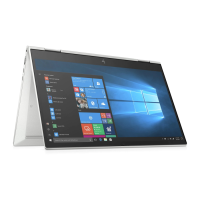
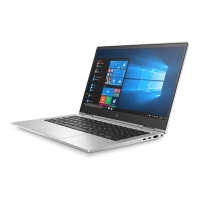
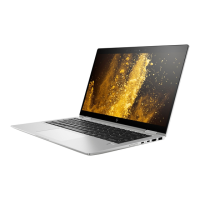
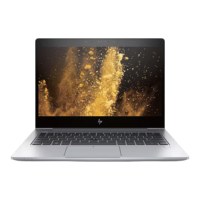
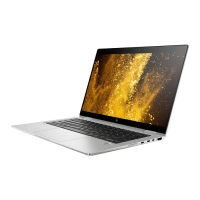

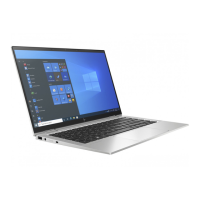
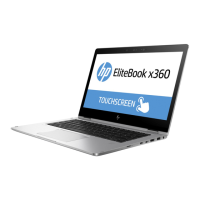
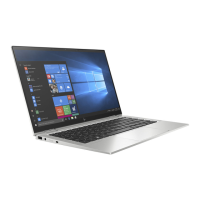
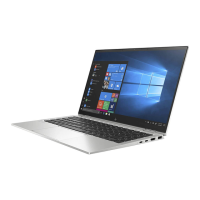
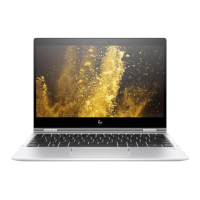
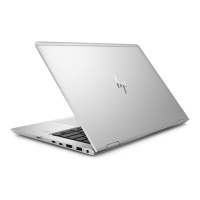
